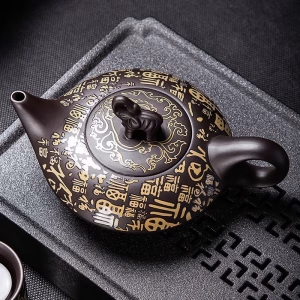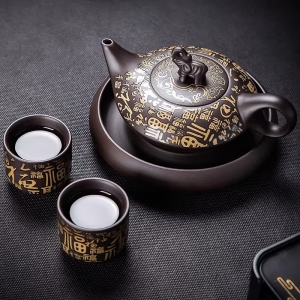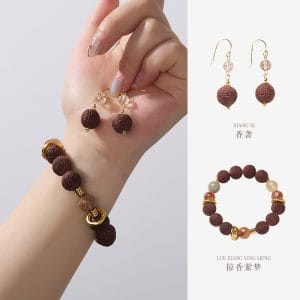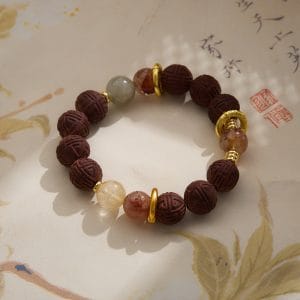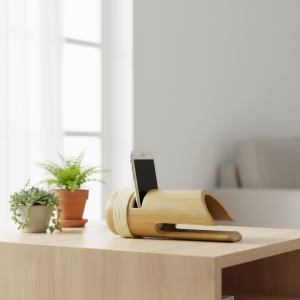Background
There’s something undeniably inviting about rattan furniture. Whether it’s a gracefully curved chair on a sun-drenched patio or a minimalist side table in a cozy living room, rattan brings warmth, texture, and a touch of organic elegance to any space. Unlike many modern materials that strive for perfection, rattan celebrates imperfection—each piece tells a story through its natural variations, subtle curves, and the skilled hands that shaped it. This unique combination of durability, sustainability, and aesthetic appeal has made rattan a perennial favorite in interior design, bridging the gap between rustic charm and contemporary sophistication.
Why It Matters
Rattan is often confused with wicker, but the two are distinctly different. Wicker refers to the weaving technique used to create furniture, while rattan is the material itself—a solid, vine-like species of palm that grows in tropical regions across Africa, Asia, and Australia. Unlike bamboo, which is hollow, rattan is solid and flexible, making it exceptionally strong and ideal for bending into intricate designs. This natural strength, combined with its lightweight properties, has made it a go-to material for furniture makers for centuries, particularly in regions where it grows abundantly.
The process of crafting rattan furniture is a testament to human ingenuity and respect for natural resources. Harvesters carefully select mature vines, which are then cleaned, dried, and often treated to enhance their durability. Artisans steam the rattan to make it pliable, allowing them to bend and shape it into frames, arms, legs, and decorative details. The weaving—whether done by hand or machine—requires precision and an eye for pattern, creating textures that range from tight and geometric to loose and organic. This craftsmanship ensures that each piece is not only functional but also a work of art.
One of rattan’s most compelling attributes is its sustainability. As a fast-growing renewable resource, rattan vines can be harvested without causing deforestation, and many responsible growers practice selective harvesting to allow younger vines to mature. According to a recent study published in the Journal of Sustainable Forestry, rattan cultivation supports biodiversity in tropical forests by providing an economic alternative to logging, thus helping to preserve ecosystems while supporting local communities (Chen & López, 2022). This eco-friendly profile resonates deeply with today’s environmentally conscious consumers.
In recent years, rattan has experienced a significant revival in interior design, moving beyond its traditional association with conservatories and porches into modern, minimalist, and even luxury settings. Designers are pairing rattan chairs with sleek marble tables, using rattan room dividers to add texture to open-plan spaces, and incorporating statement pieces like rattan pendant lights to create focal points. Its neutral, earthy tones complement a wide range of color palettes, from muted neutrals to bold accents, making it incredibly versatile.
Beyond aesthetics, rattan furniture offers practical benefits that contribute to its enduring popularity. It is lightweight yet sturdy, easy to move around for rearranging spaces or cleaning. Its natural resistance to moisture and humidity makes it ideal for both indoor and outdoor use, though sealed or synthetic rattan is often recommended for harsh climates. With proper care—such as occasional dusting and avoiding prolonged direct sunlight—rattan furniture can last for decades, often developing a richer patina over time.
As we look to the future, rattan’s role in sustainable design seems assured. Innovations in treatment and finishing techniques are enhancing its durability and expanding its applications, while designers continue to explore new forms and combinations with other materials like metal, glass, and upholstered fabrics. Whether in a sprawling suburban home, a compact urban apartment, or a commercial space seeking warmth and character, rattan furniture remains a timeless choice that harmonizes nature, craftsmanship, and modern living.
You may also like
The Palace Museum Paper-Cut Light Art Fridge Magnets: Chinese Cultural Style Creative Gift Series
Price range: $27.00 through $36.00 Select options This product has multiple variants. The options may be chosen on the product pageHandwoven Zhuang Brocade Tote Bag – Large-Capacity Boho Shoulder Bag
Original price was: $178.00.$154.00Current price is: $154.00. Add to cartAncient Craftsmanship & ICH Herbal Beads Bracelet with Yellow Citrine & Silver Filigree Cloud-Patterned Luck-Boosting Beads
Original price was: $128.00.$89.00Current price is: $89.00. Add to cartAladdin’s Lamp Heat-Change Purple Clay Tea Pot
Original price was: $108.00.$78.00Current price is: $78.00. Add to cartAncient Craft Herbal Scented Bead Bracelet with Gold Rutile Quartz, Paired with Sterling Silver (925) Hook Earrings
Original price was: $322.00.$198.00Current price is: $198.00. Add to cartBambooSoundBoost Portable Amplifier
Original price was: $96.00.$66.00Current price is: $66.00. Add to cart








